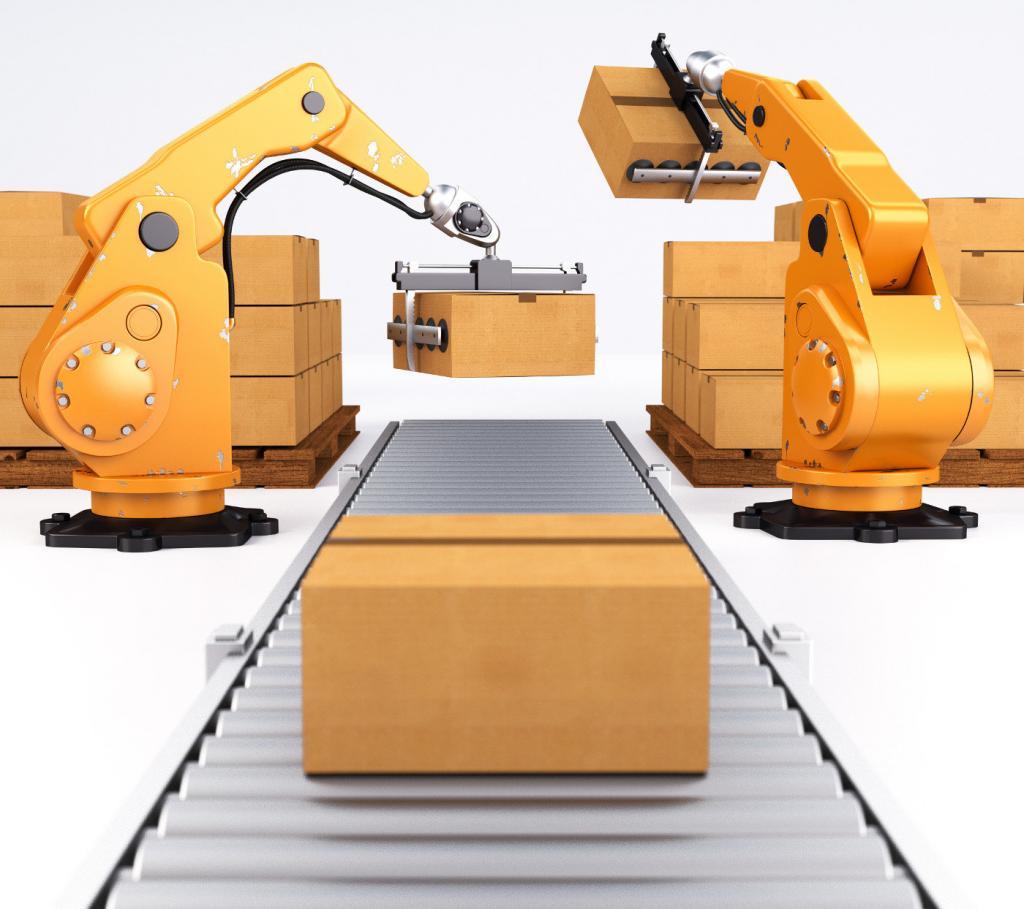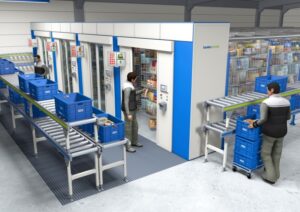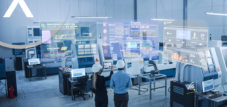Intralogistics 2015 – Innovations and Trends
Language selection 📢
Published on: March 23, 2015 / Update from: November 25, 2018 - Author: Konrad Wolfenstein
The mood among intralogistics specialists is also good in 2015 and is even better than in previous years. This is the result of an intralogistics study by the Ulm-based IWL AG , which was carried out among representatives of the industry and in which almost 80 percent saw the future prospects as extremely positive (15 percent) and tending to be positive (64 percent). The addressees, most of whom were senior management (75 percent), cited an increase in sales due to the increased number of customer orders and the development of new markets, as well as production-increasing effects from internal restructuring and the reduction of hierarchies, as the main reasons for the good overall outlook.
We will go into these effects, particularly achieved through innovations, in more detail below. The focus of the study was to answer the question of what importance innovations play in companies and which trends the respondents see as trend-setting for the near future.
The study makes it clear that intralogistics companies also see Industry 4.0 This topic is particularly interesting for medium-sized and large companies with 68 and 63 percent approval respectively, although there are no relevant differences between family businesses and corporations. However, this result is – still – in contrast to the implementation. Only just under 30 percent of those surveyed stated that this topic had been addressed or already implemented in their company.
With regard to innovation potential, 50 percent identify advanced applications as the most important point for intralogistics. A result that is not surprising in an area as process-controlled as intralogistics. Especially in the extremely heterogeneous work processes of the complex industries that come into contact with intralogistics, major advances in productivity can often be achieved with the help of modern software solutions. Examples include solutions for optimal buffering of shipping orders or an efficient solution for handling SMD rolls in the electrical industry.
Great potential is also seen in the further development of order picking technology. With the help of automated storage systems and software that efficiently controls them, further productivity progress can be achieved in this area. And it is precisely these improvements in processes and the ultimately associated cost structure that entrepreneurs operating in a tough competitive environment are aiming for.
This is one of the reasons why a majority of those surveyed (60 percent) are extremely open to the use of robots in order picking; As the level of automation increases, both error rates and labor costs decrease. In this context, ROI (return on investment) is particularly important as a decision-making criterion.
Not every innovation matters
As open as intralogistics specialists are to new technologies, they are not entirely positive about all technical innovations. For example, the use of cloud solutions in intralogistics is viewed ambivalently. While almost half of those surveyed see sensible uses in the use of external server power, the proponents are faced with a number of skeptics. The main argument for use is the increased flexibility (44 percent). In addition, there is the potential for savings by outsourcing this business area, which is not part of the core of most companies. The main reasons for skeptics are concerns about data protection (33 percent) and a generally negative attitude towards such innovations due to the company's own philosophy.
According to the study, the use of social media channels is perceived as less important for intralogistics. Only six percent of those surveyed said they often communicated Facebook or Xing If so, then the channels are mainly used for image advertising and recruiting. Social media has no significance as a direct sales channel, which is certainly due to the complexity of the goods traded in the intralogistics sector.
Problem: shortage of skilled workers
The study also brings to light one of the biggest problems that intralogistics companies face: a shortage of skilled workers resulting from the general decline in the birth rate, which already affects twenty percent of companies.
The described process optimization (26 percent approval), the automation of processes (13 percent) and increased ergonomics in the workplace (8 percent) are seen as solutions. However, in the fight for employees, which are becoming increasingly rare, companies will be required to take additional methods in recruiting. In this context, greater attention should be paid to the social media channels that are currently neglected; After all, they are the ones through which the sought-after, young target group communicates these days.
Conclusion
As positive as the general mood in intralogistics is due to the good order situation, there is still a need for constant process optimization. Innovations in hardware and software are welcomed and demanded by companies. In addition, companies have to face a growing shortage of skilled workers. Because without qualified employees, every upswing comes to an end sooner or later.
Further information about the study results is available from IWL AG .

























